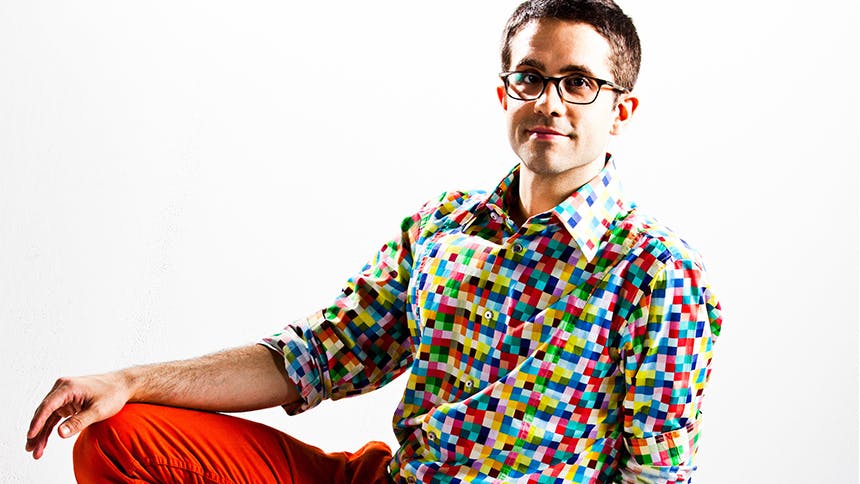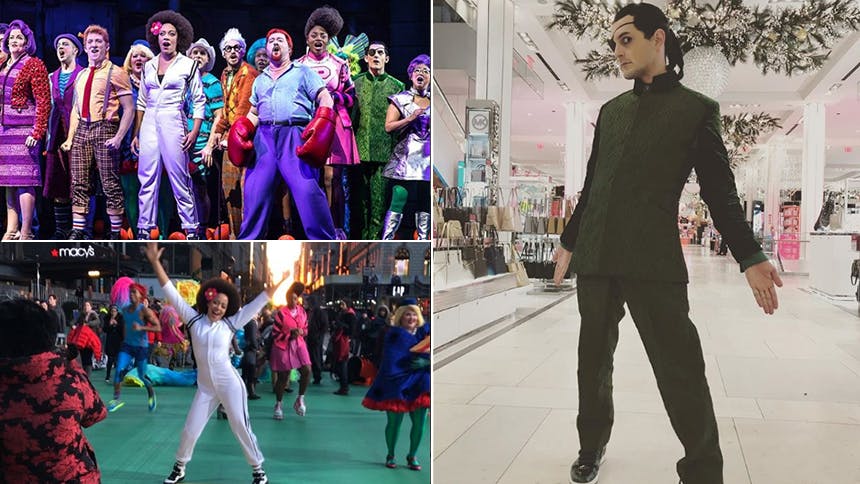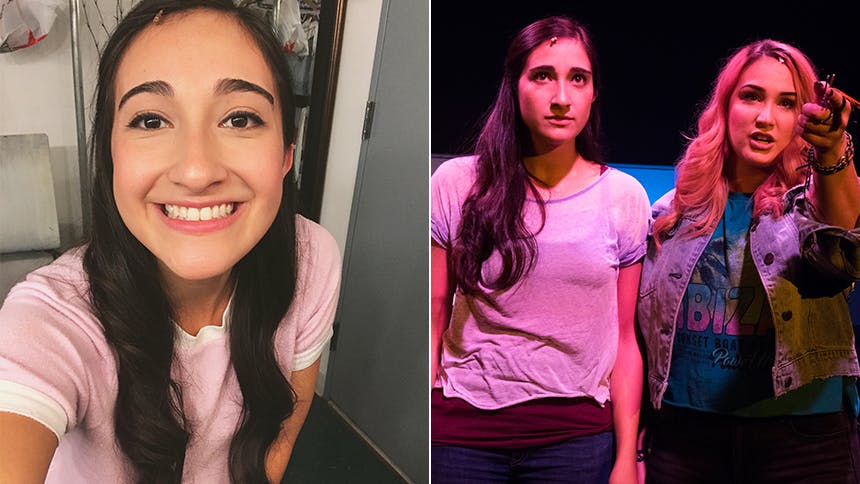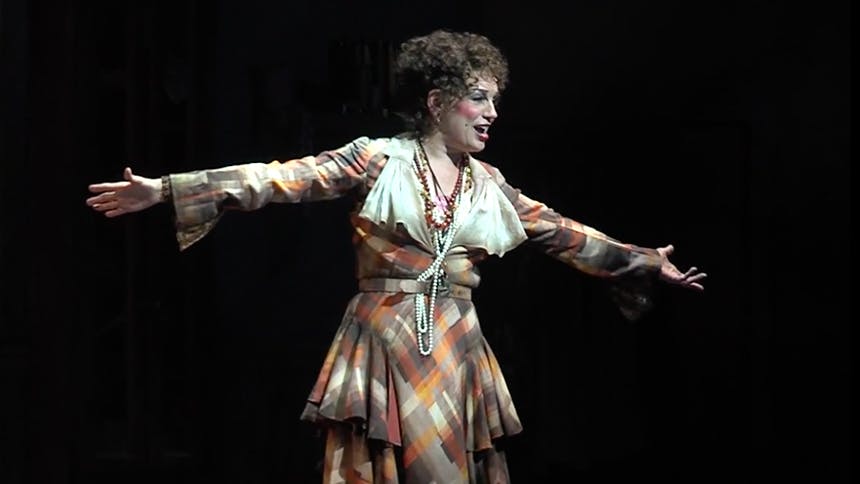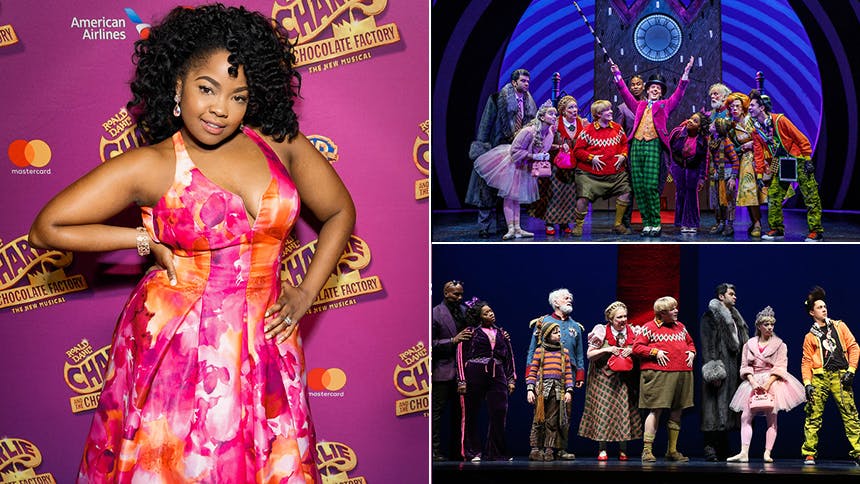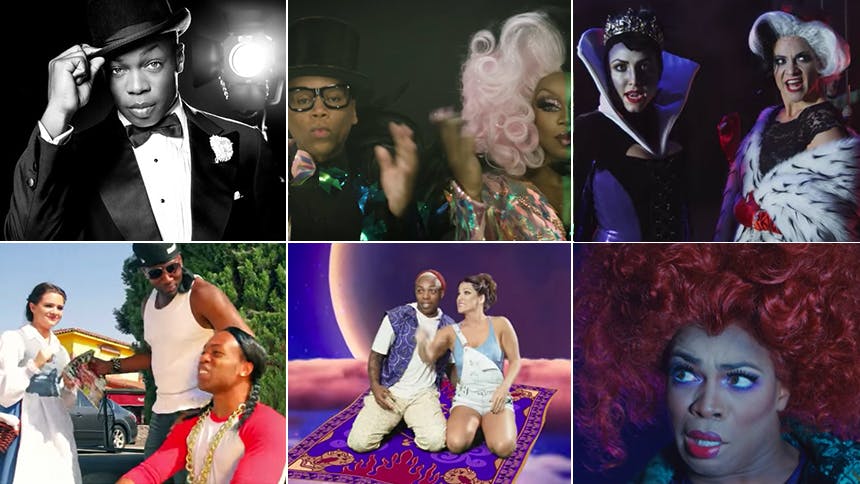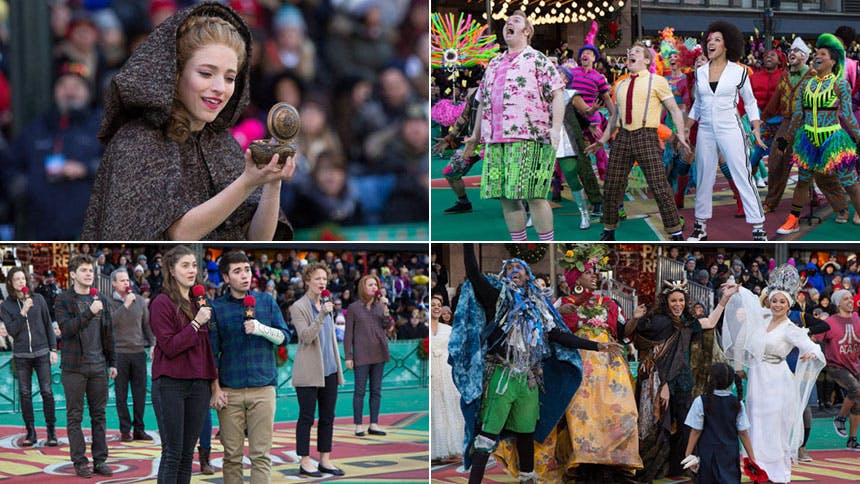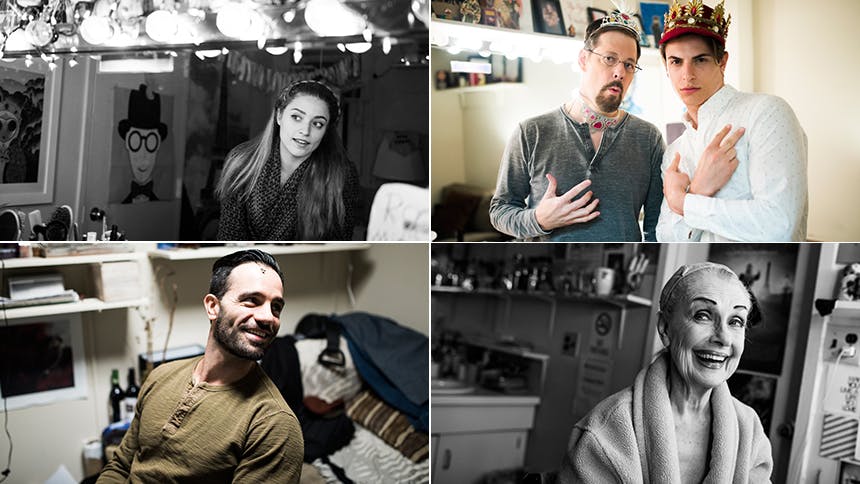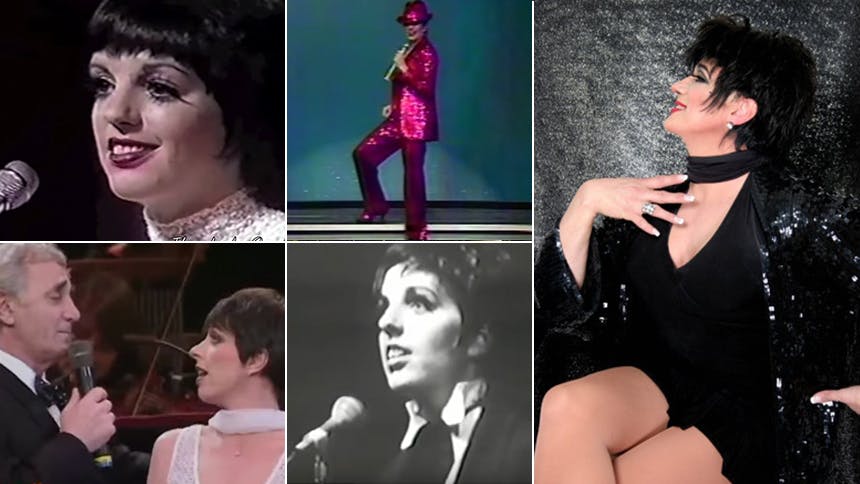Chase Brock is the Artistic Director of The Chase Brock Experience, a Brooklyn-based dance company celebrating 10 years this December at off-Broadway's Clurman Theatre at Theatre Row. For its 10th Anniversary, CBE presents a mixed bill program featuring revivals of audience favorites and the world premiere of Mr. Brock’s 30th CBE creation, Men I’ve Known. On Broadway, Chase Brock choreographed Spider-Man Turn Off the Dark and Picnic. He's choreographed several Encores! musicals including Do I Hear a Waltz? and Irma La Douce.
BroadwayBox caught up with Chase Brock to hear from him about balancing his dance company with outside projects, advice for aspiring choreographers, and his life-changing big breaks.
1. What’s the day-to-day for an artistic director of a dance company? How do you balance the demands of the company with outside projects?
When we’re gearing up for a performance season in New York, my day-to-day consists of waking around 6:45am and working until I collapse around 12:30am or 1am. In between those hours I correspond with graphic designers on marketing materials, respond to e-mails from various staff at the box office and theater, liaise with my stage manager about load-in and tech scheduling, confirm and coordinate costume fittings, request and submit insurance certificates, send payments to vendors responsible for things like flameproofing and renting lighting equipment, approve menus for the gala, shop for replacement shoes for dancers, ask our web designer for different sizes and variations of our logo as needed for promotional materials, place orders for merchandise, correspond about scholarship students for our intensive, process VIP seating and comps for the dancers…oh, and rehearse the dances when I can!
My freelance life on and off Broadway, for Disney on The Hunchback of Notre Dame in Germany and Japan, in ballet, on Last Week Tonight with John Oliver for HBO, at the Met and in opera, and in regional theaters developing musicals has, luckily, dovetailed pretty seamlessly with the work for my company. I devote about 6-12 weeks a year to working with my company, and the rest is for freelance work—and I’m content with that balance. I like to do lots of different things, so it works for me. I plan very far ahead, and am always doing tasks like writing grants in the midst of other projects.
2. What are three pieces of advice you’d give to someone who dreams of choreographing professionally?
Make dances and keep making dances. I’ve made 30 dances for my company, 15 commissions for other modern and ballet companies, and who knows how many theater dances in the 37 plays and musicals I’ve choreographed—and I still learn new things every single time.
Don’t show your first five dances to the public (but definitely show them to mentors / colleagues / teachers, and seriously consider their feedback).
Figure out what mediums you’re interested in (and, ideally, suited for) and then learn all you can about the priorities and requirements of that medium. What commercial musical theater needs and expects is different than what small nonprofit modern dance needs, which is different than what cable TV satire needs, which is different than what an international company of a musical in a different language and culture needs, which is different from what opera needs and requires.
3. What do you consider your big break?
I feel like I’ve had three big breaks.
The first was when I was 16 and Susan Stroman cast me in her Broadway revival of The Music Man through an open call. That was my Broadway debut, and my introduction to serious work of the highest caliber. Of course moving to New York and joining the original cast of that show (which I did for two years) changed my life in every way.
The second was when I was 23 and Jonathan Butterell brought one of my idols, Matthew Bourne, to the first New York season of my dance company. Matt recognized my young talent and very generously offered a testimonial calling me “the most exciting choreographer of his generation,” which helped so much to put my dance company on the map in the beginning, before we had access to press coverage or reviews or grants.
The third was when I was 27 and received a phone call asking if I’d come and take a look at Spider-Man: Turn Off the Dark, which was several months into previews on Broadway and struggling. Ultimately, 24 hours later, I was hired to join the team as choreographer, and the next day I was in the studio at the Foxwoods Theater working on the show. That was my Broadway debut as a choreographer, and again changed my life in every way.
4. How does your process begin? What do the first few weeks on a new project look like?
It depends entirely on what the medium is.
In theater, usually a director e-mails me asking if I’m available for a certain project, and we tend to get together or get on the phone to have an initial conversation about their point of view on the material. Then I clip a zillion photos and videos and scraps of research from far and wide, and dump it all into a dropbox that helps my ideas starts to zero in and take shape as I introduce them to the director and designers. Then there are auditions to hold, design meetings to have, some fumbling around in the studio to generate material, and finally we’re in rehearsal!
With my dance company, usually there is a date and location for a dance to premiere, and I simultaneously think about what ideas I might like to explore, what music I might be excited to choreograph (almost always a genre or style I’ve never explored before), what kind of dance would be useful to add to our repertory (I’m premiering my 30th dance next week), and which dancers from my company are available and suited to whatever the idea is. Then I tend to select some music and listen it over and over and over. With my company I never prepare any actual movement before walking in. But I generally make all of the movement myself once I’m in the room. All of my strongest, most alive work has been made on the spot, in the room, with me improvising and generating material while the dancers quietly mark behind me, following along until I’m ready to turn around and look at them, at which point my composition brain takes over and I get interested in watching them and begin shaping the work.
Don't miss the 10th Anniversary Season of The Chase Brock Experience at Theatre Row November 27-December 9.
